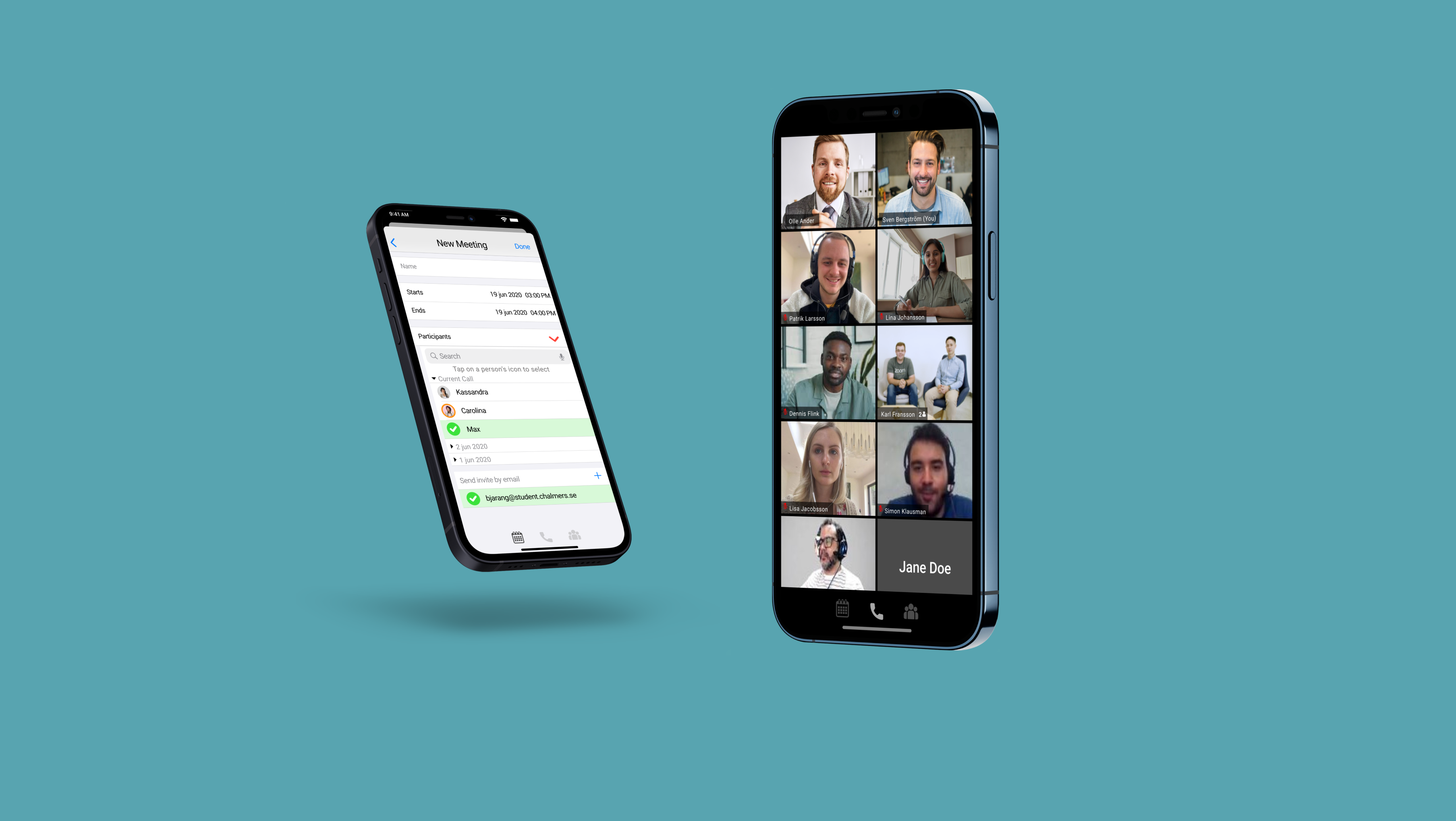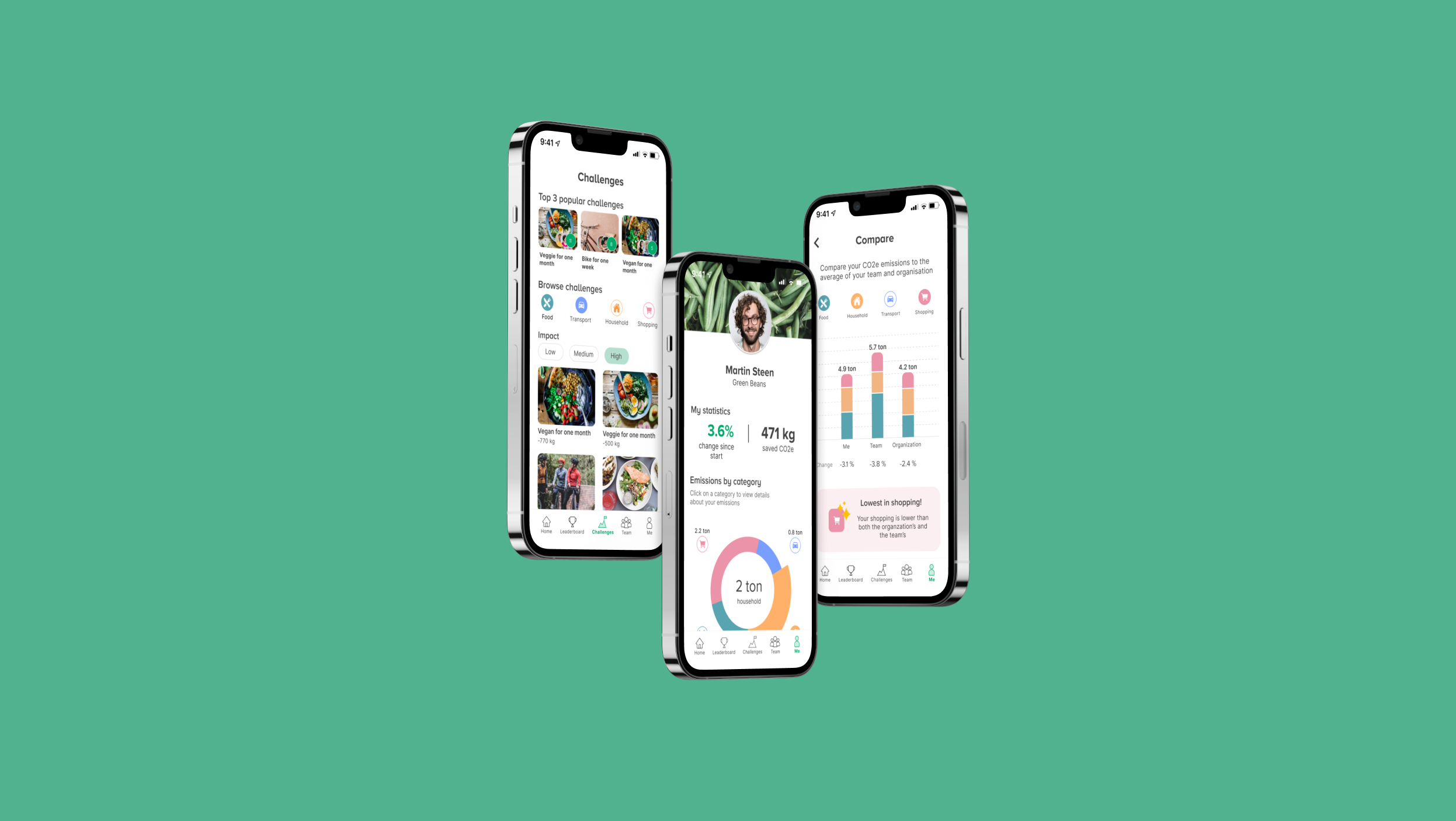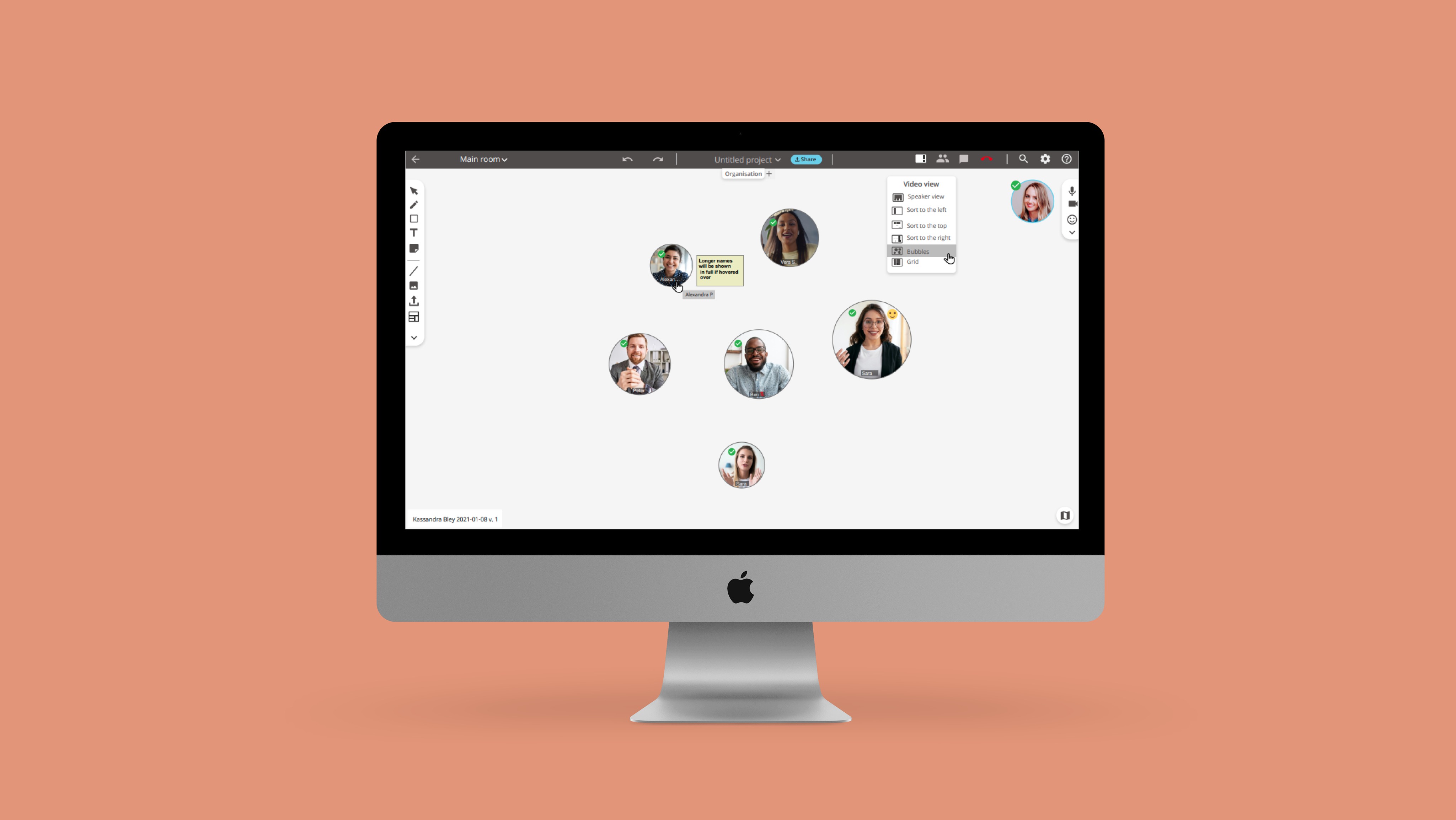• Project Type: Student project at Chalmers University of Technology
• Role: UX Designer
• Challenge: Design an artefact that can be broken down and repaired, with an emphasis on sentimental value.
• Solution: A "digital cassette" that rewinds music from different life stages to evoke nostalgia.
• Key Decisions: Inspired by "throwback" features in apps and the physicality of cassette tapes.
• Testing Insights: Nostalgia factor was strong, but the interaction for selecting years needed improvement.
• Deliverables: Physical prototype, user testing, and a concept video.
Background and Challenge
This project aimed to design a tangible artefact that users would feel motivated to repair and keep over time. The key question was:
How can we create an object that evokes nostalgia and strengthens the user’s emotional connection to it?
The design needed to be rebuildable, meaning that it could "break" and be repaired repeatedly, reinforcing attachment over time.
Research
To understand how people form emotional connections with objects, we conducted photo journaling and follow-up interviews. Participants shared images and stories of meaningful objects, revealing patterns in why they held onto them.
Key Findings:
✔ Memories drive attachment – People valued items connected to personal experiences.
✔ Music triggers nostalgia – Songs from childhood or teenage years evoked strong emotions.
✔ Physical interaction strengthens emotional connection – The act of handling or repairing an item increased its sentimental value.
✔ Music triggers nostalgia – Songs from childhood or teenage years evoked strong emotions.
✔ Physical interaction strengthens emotional connection – The act of handling or repairing an item increased its sentimental value.
Electronics of the prototype.
Design Process & Decisions
We translated these insights into a design that merges music and nostalgia with a tangible interaction:
• Inspired by cassette tapes: A “digital cassette” that plays songs from a user’s past, mimicking the emotional pull of analog music.
• Rebuildable through interaction: When the song ends, the tape "runs out," and the user must rewind it with a pencil-like tool—a nostalgic, physical action.
• Spotify integration: The device connects to Spotify and pulls songs from a user’s past playlists or significant years in their life.
• Rebuildable through interaction: When the song ends, the tape "runs out," and the user must rewind it with a pencil-like tool—a nostalgic, physical action.
• Spotify integration: The device connects to Spotify and pulls songs from a user’s past playlists or significant years in their life.
Testing & Feedback
We tested the prototype with three users, using task-based usability testing and think-aloud methodology.
Results:
✔ The nostalgia factor was clear and engaging.
✔ The cassette format was intuitive and enjoyable to use.
⚠The mechanism for selecting a year was unclear—one user thought the pencil was for writing rather than turning.
✔ The cassette format was intuitive and enjoyable to use.
⚠The mechanism for selecting a year was unclear—one user thought the pencil was for writing rather than turning.
Next Steps & Learnings
Future improvements could focus on making the year selection interaction more intuitive, ensuring that the emotional and nostalgic experience remains central.



